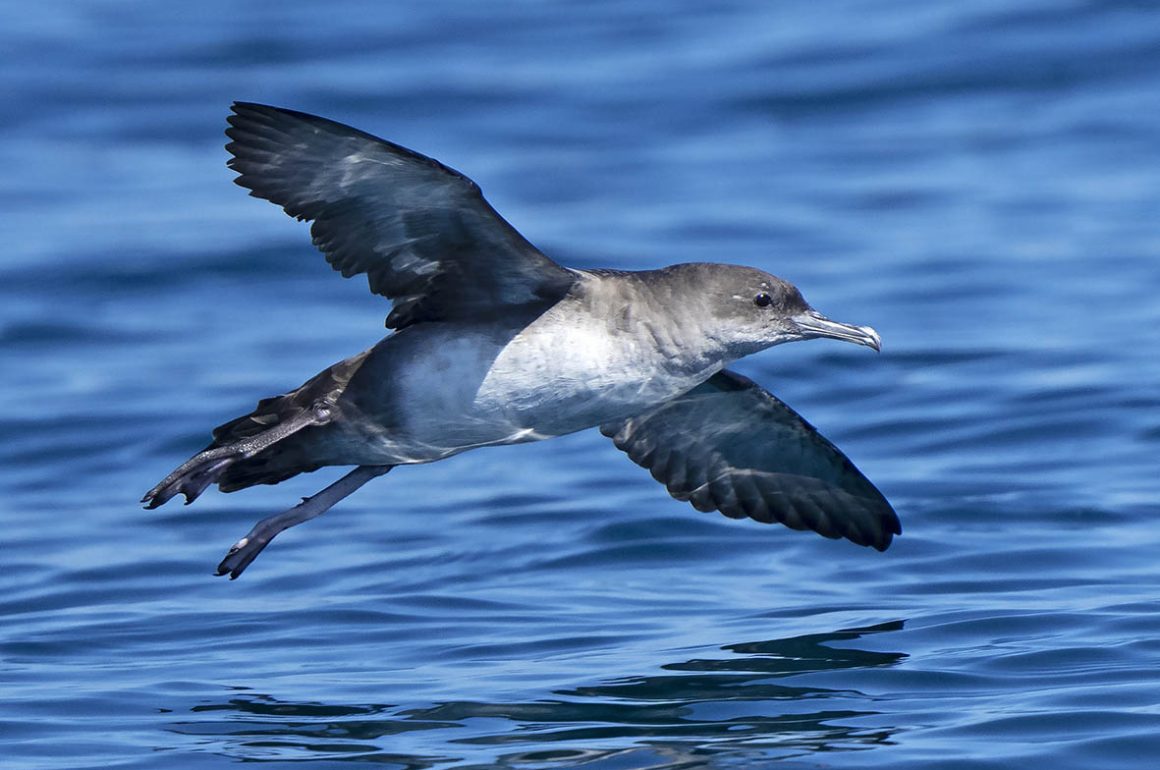
We’re fast approaching a preferred time of mine for going out on boats in search of seabirds. The Gulf of Cadiz, from Cadiz itself, right along the coasts of Huelva and the Algarve to Cape St Vincent in Portugal, is a favourite hunting ground of mine and the operators willing to take you out have been on the increase in recent years. The aim is usually to head off to the continental shelf, which can be up to 20 or more nautical miles out depending on your starting point. The idea is that it is here that you find the richest supplies of food, generated by upwellings. These trips often provide chum, not an attractive proposition at best of times but achieving special dimensions in the heat of the summer sun!
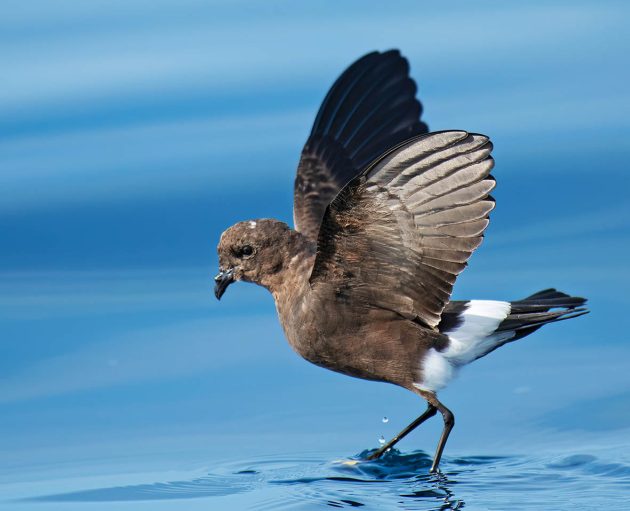
Heading to the shelf seems to be the preferred option as it is here that you will find some of the key species. Wilson’s Storm Petrel Oceanodroma oceanicus seems to be everyone’s target species. They begin to show up in August and peak in September as they make their way south to their Antarctic breeding grounds. I’m not convinced that it’s necessary to go that far out for them and often valuable time, with good light for photography, is wasted getting to the shelf. I have had many instances where we have chummed closer to shore and storm petrels have turned up. It just needs a little patience. I have even seen storm petrels within sight of the coast.
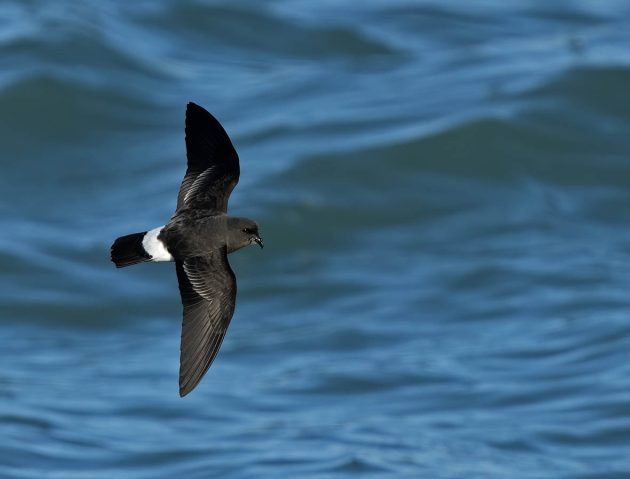
The European Storm Petrel Hydrobates pelagicus is the other species of storm petrel that’s around in the summer months and these are birds from local breeding colonies. The shearwaters dominate the scene, especially Cory’s Calonectris borealis which breed in the area and which can form large rafts where there’s food. The smaller Scopoli’s Shearwater Calonectris diomedea is largely confined to the Mediterranean but I have occasionally seen individuals out here in the summer.
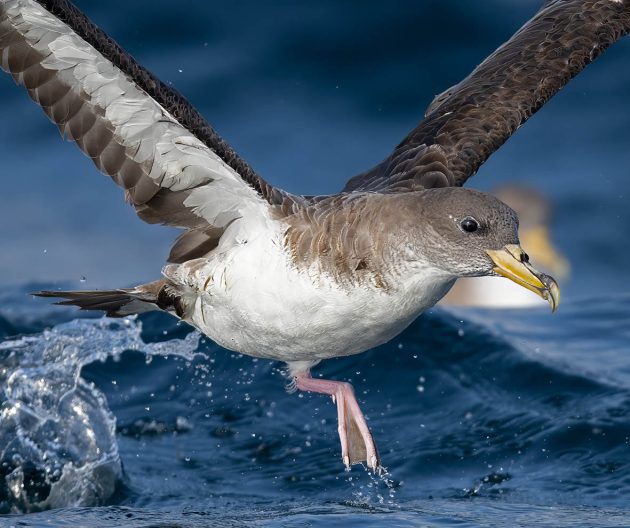
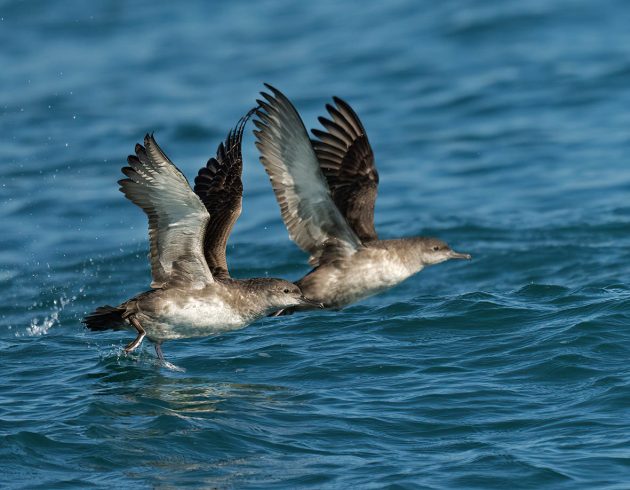
The Gulf is also a major area for Balearic Shearwaters Puffinus mauretanicus that spend the non-breeding season here. The pelagics give us great opportunities to get them at close quarters. Their close relatives, Manx Shearwaters Puffinus puffinus, are scarcer but do show up. Even harder to find, but occasionally seen, are the Yelkouan Shearwaters Puffinus yelkouan. These birds are largely Mediterranean and tend to move eastwards towards the Black Sea. Some birds breed in the Balearics, where they hybridize with Balearic Shearwaters, making confirmation of identification in this part of the world especially tricky.
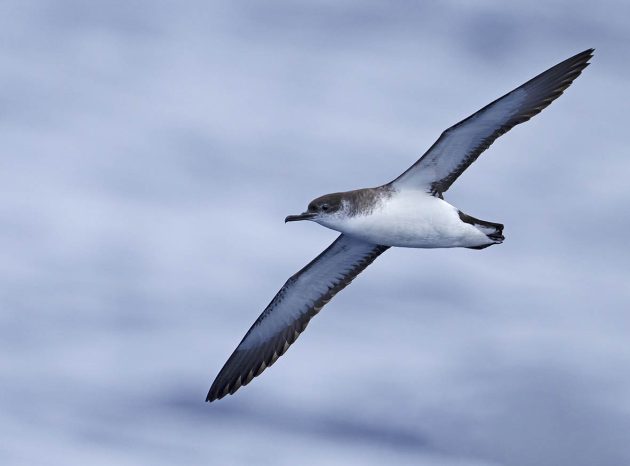
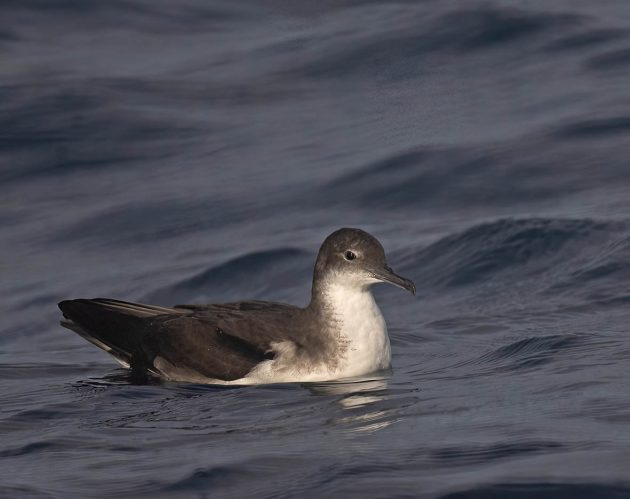
Two other shearwaters are regular in these waters as they head for their south Atlantic breeding grounds, such as the islands of the Tristan da Cunha group. These are the Great Ardenna gravis and the Sooty Shearwaters Ardenna grisea. A trip out onto the Gulf of Cadiz any time soon has the potential of producing no fewer than seven species of shearwater which is not bad for the North Atlantic.
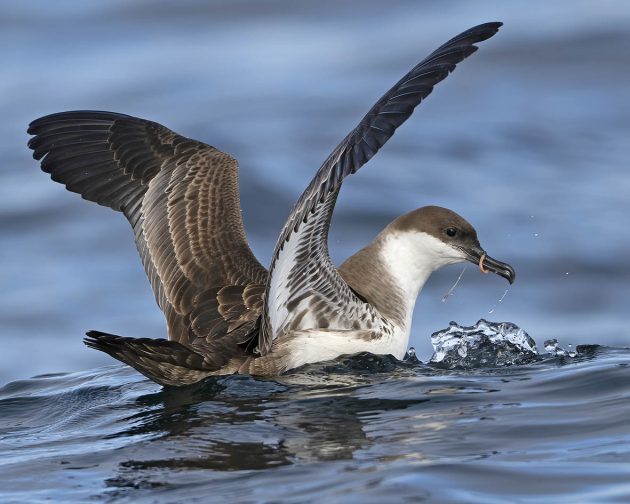
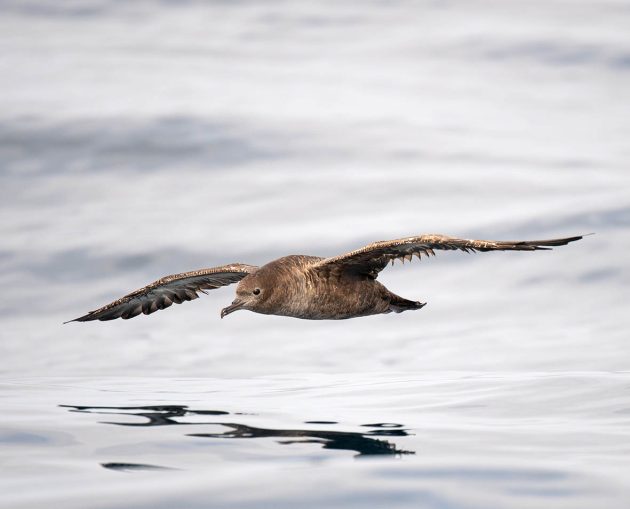
These pelagics also coincide with the southbound movement of skuas. Great Skuas Stercorarius skua dominate in numbers but we must always be on the lookout for South Polar Skuas Stercorarius mccormicki that are being sighted increasingly off the Iberian Atlantic coast.
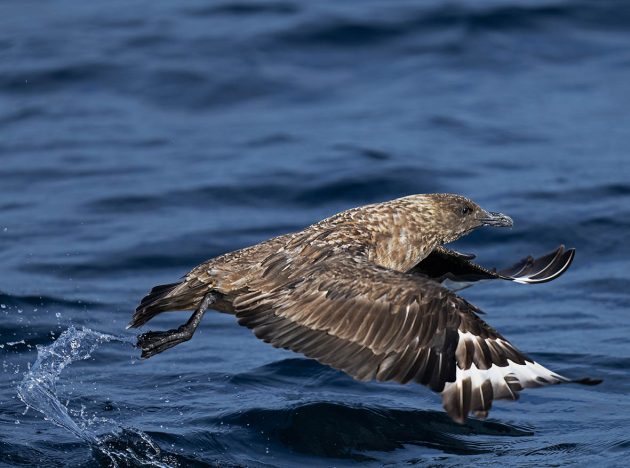
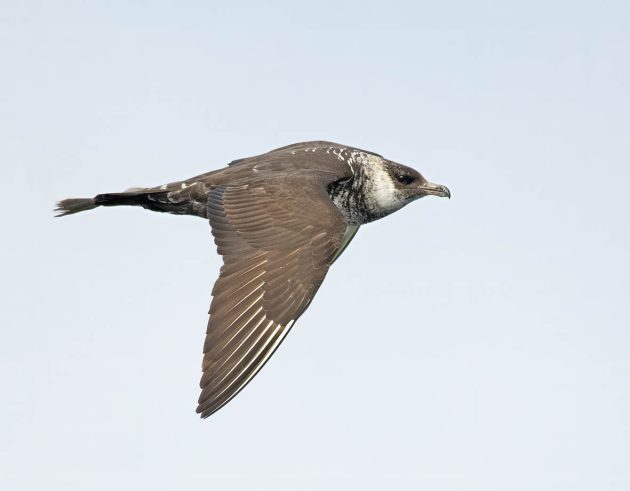
Pomarine Stercorarius pomarinus and Arctic Skuas Stercorarius parasiticus are also present at this time as they head for African wintering grounds. Long-tailed Skuas Stercorarius longicaudus are hardest to find as they tend to stay far out at sea.
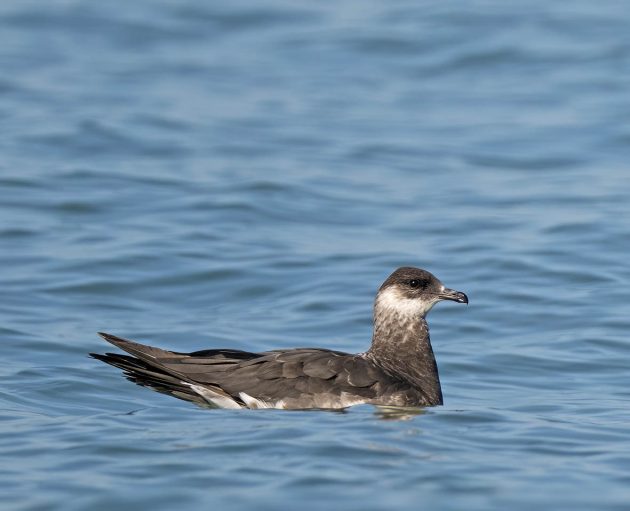
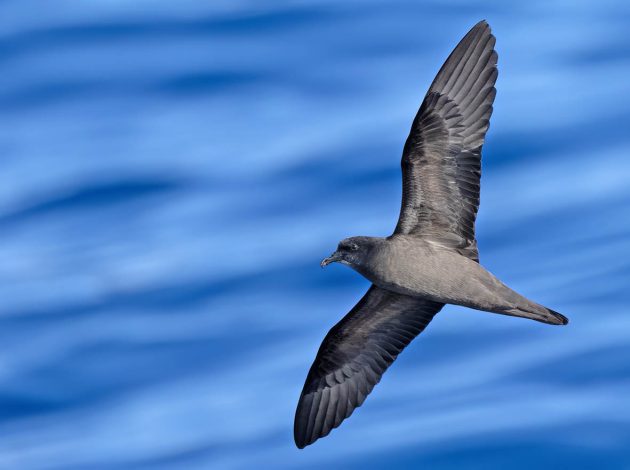
Only last week I saw a report of a Bulwer’s Petrel Bulweria bulwerii that was recovered in La Linea, the town adjacent to Gibraltar. It goes to show what is possible when it comes to pelagic birds that can wander great distances. I have seen Bulwer’s Petrels in large numbers off Madeira and the Gulf of Cadiz isn’t really that far away for an ocean wanderer.
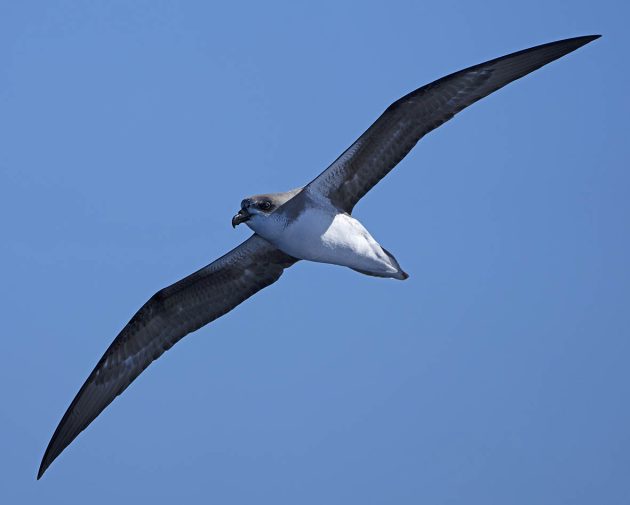
To this we can add the possibility of Pterodroma petrels which are also being seen off the Iberian Atlantic coast. To conclude like I started, with storm petrels, the Berlengas, off the mainland coast of Portugal have breeding Madeiran Storm Petrels Hydrobates castro so we cannot discard these either. All-in-all, adding these seabirds to the common species – Northern Gannets Morus bassanus, Yellow-legged Gulls Larus michahellis, Common Terns Sterna hirundo – makes a pelagic trip between now and October a very exciting prospect.
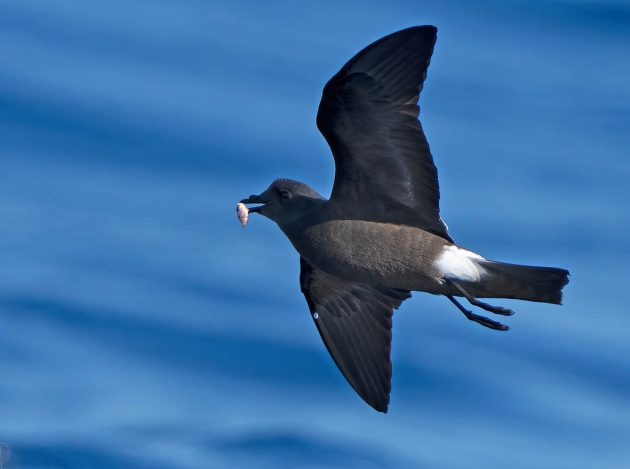








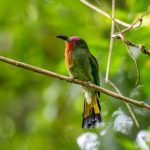

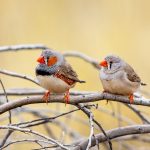


Fantastic photos, Clive! You have to take me there with you one of these days …
Me too. My only pelagics have been off the coasts of Australia and South Africa. Southern Spain sounds enticingly good, too. Are the orcas ever a problem?
You’re all welcome! September is a good month for pelagics so maybe plan for 2025? Orcas are fine. There’s always something on the move down here, twelve months of migration!
i am so very grateful for your website and especially mr clive finlayson’s images and words. thank you!!
Superb photos, enthralling write up, thanks!
A very informative read , and wonderful images .
Thank you all for your comments